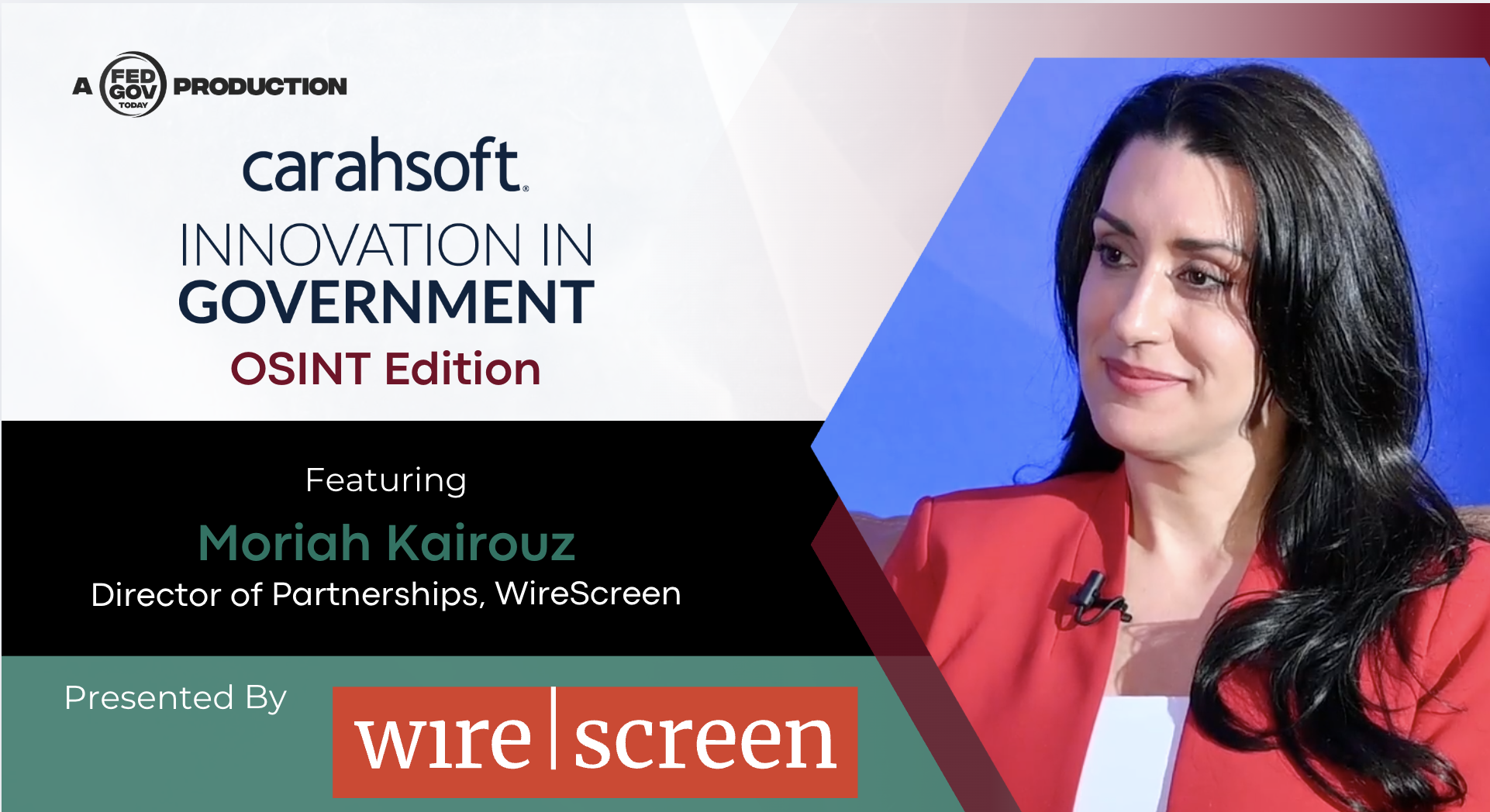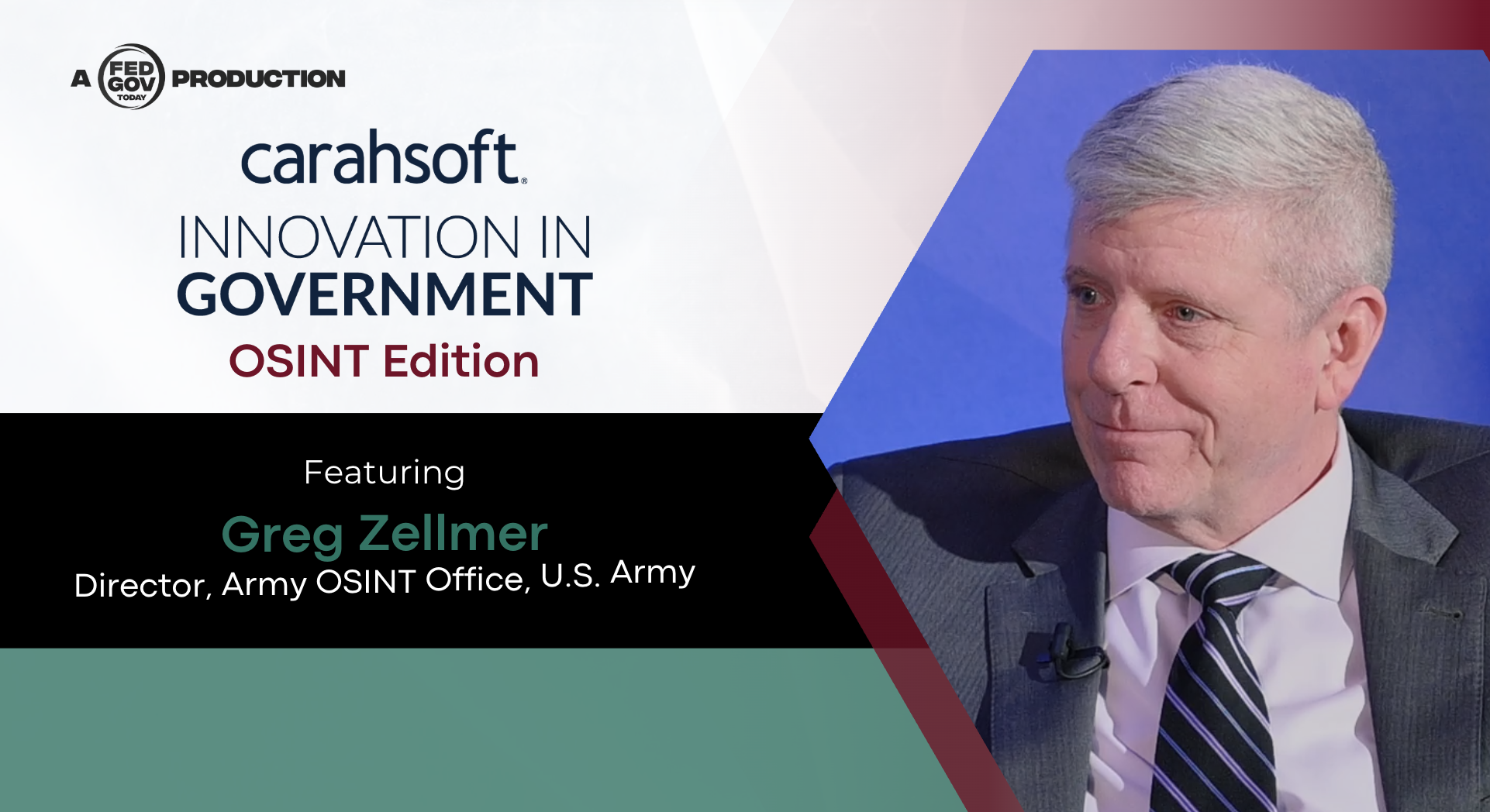Original broadcast 5/20/25
Presented by Zignal Labs & Carahsoft
Clay Hicks, Mission Director at Zignal Labs, outlines a fundamental truth of today’s OSINT environment: no human team can keep pace with the scale, complexity, and speed of modern open source data. For federal agencies to extract value from OSINT, automation and artificial intelligence must be embedded not as add-ons but as core capabilities.
Hicks describes the challenge facing analysts. Publicly available data today is not only vast—it’s diverse. Text, audio, video, social content, and sensor data all arrive in real time, from different platforms, in different formats, and with different implications. Analysts need tools that can normalize, correlate, and elevate relevant signals while suppressing noise.
 Zignal Labs helps agencies meet this challenge by combining data fusion capabilities with real-time monitoring and alerting. AI models process massive information flows, apply contextual tagging, and identify anomalies or emerging trends. But Hicks stresses that this is not about replacing analysts—it’s about enabling them. By automating the first layer of filtering, analysts are freed to do what humans do best: interpret, synthesize, and make decisions.
Zignal Labs helps agencies meet this challenge by combining data fusion capabilities with real-time monitoring and alerting. AI models process massive information flows, apply contextual tagging, and identify anomalies or emerging trends. But Hicks stresses that this is not about replacing analysts—it’s about enabling them. By automating the first layer of filtering, analysts are freed to do what humans do best: interpret, synthesize, and make decisions.
He also notes that not all missions are created equal. Some intelligence environments tolerate a high degree of false positives—for example, early-warning systems for civil unrest. Others, like targeting or background investigations, require far more precision. Hicks emphasizes that OSINT platforms must allow agencies to calibrate tolerance levels depending on the mission at hand. Flexibility and mission alignment are key.
A major blind spot in many legacy systems, according to Hicks, is non-text data. Increasingly, vital information is conveyed through images, videos, and infographics with no accompanying caption or metadata. Tools built for text scraping miss these entirely. That’s why Zignal has invested in computer vision, optical character recognition, and object detection capabilities that can unlock insights from multimedia content.
Hicks concludes that OSINT must be understood as a dynamic interplay between humans and machines. Success comes not from automating decisions, but from equipping analysts with the tools they need to make better decisions, faster. As information threats grow more complex, the only viable solution is scalable intelligence—where technology enables clarity, speed, and action.
Key Takeaways:
-
AI and automation are essential for processing the volume, speed, and diversity of modern OSINT.
-
Different missions require different tolerance levels for error—tools must be adjustable.
-
Multimedia data must be included in OSINT workflows through capabilities like OCR and computer vision.
This program was part of the program Innovation in Government: OSINT Edition filmed on location at the OSINT Tech Expo on May 2, 2025.



